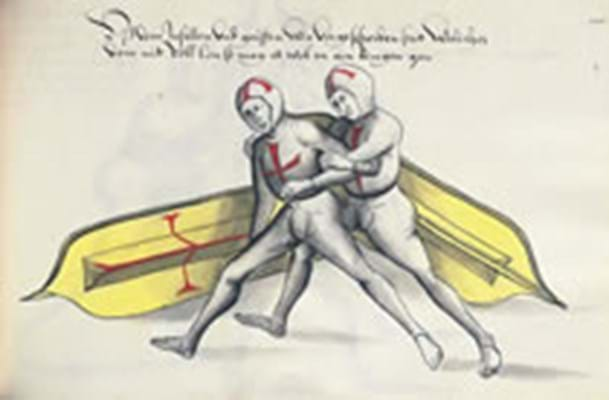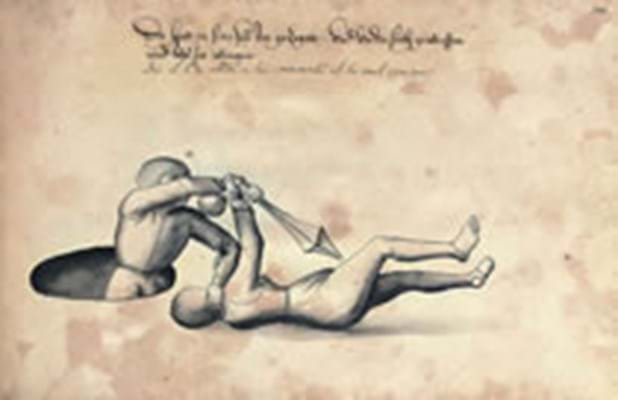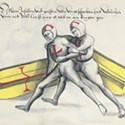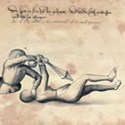A professional field manual for those already experienced in combat, this profusely illustrated work depicts methods of armed and unarmed combat suitable for settling judicial and personal disputes.
Weapons featured include the long sword, the pole-axe, shield and sword or club combinations, and the roundel dagger. Mounted combat and wrestling techniques are also covered and Talhoffer's manual preserves unarmed combat techniques devised by Ott, a Jewish fighting master to the Habsburg Dukes of Austria who left no written records of his own.
Six Fechtbuch manuscripts, representing three versions, survive from Talhoffer's own lifetime including the earliest known version, a 1467 manuscript now in Munich. It was an exact copy of this work, produced in Germany in the first half of the 16th century, that was offered at Christie's on June 7. It contained some remarkable drawings.
The Fechtbuch is an invaluable record, not just of combat techniques, but of medieval arms and armour as well. In one of the black lead, ink and colourwash illustrations the combatants are using a Frankish type of shield, a duelling pavise that serves not only as a protection but, though its sharpened ends, as a stabbing weapon. The figures are also shown wearing leather suits into which they would be stitched and then greased up for some types of fighting.
Among the more curious illustrations, at least to modern eyes, are those depicting a judicial duel combat between a man and a woman. In the illustration the man has a sword but is handicapped by having to fight from a hole in the ground, while the woman is equipped with a stone wrapped in cloth. Both wear leather suits.
The Fechtbuch seen at Christie's was one of a group of manuscripts being sold for the heirs of Rudolf Ritter von Gutmann, whose art collection, one of the finest in Austria, was seized by the Nazis in 1938 when the family fled the country. Many of the works had been earmarked for Hitler's personal museum.
Gutmann did manage to regain part of his collection after the war, but many items ended up in Austrian museums and galleries. Following the Austrian Art Restitution Act of 1998, more 'donated' works of art have been restored to the family.
The manuscripts offered at King Street were until recently in the Austrian National Library. The new owner of the fascinating Fechtbuch, at £36,000, is London dealer Sam Fogg.
By Ian McKay
Stitched, greased and ready to fight
Compiled in the second half of the 15th century, the Fechtbuch of Hans Talhoffer (fl. 1435-82), the most celebrated and experienced fighting-master of the age, is a veritable encyclopaedia of medieval combat.








